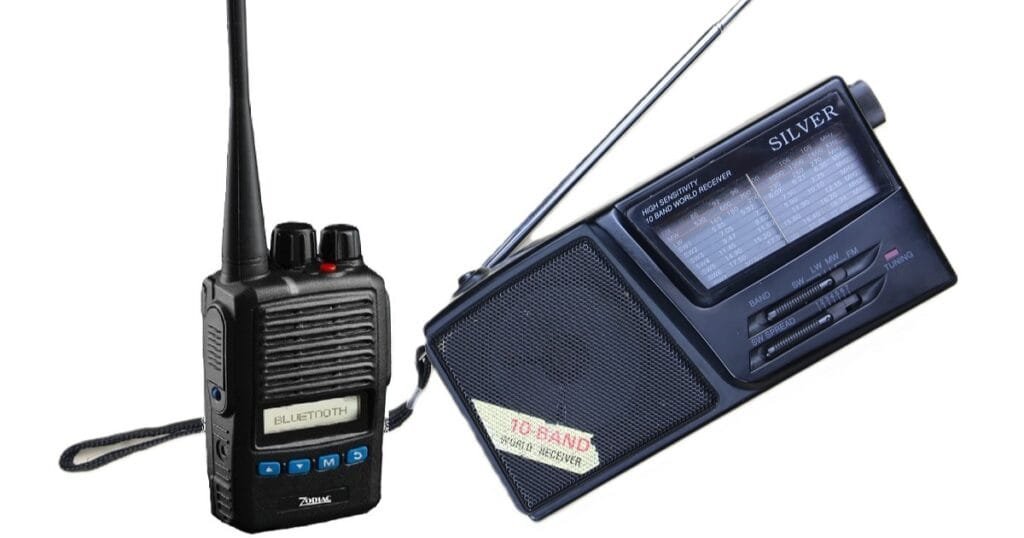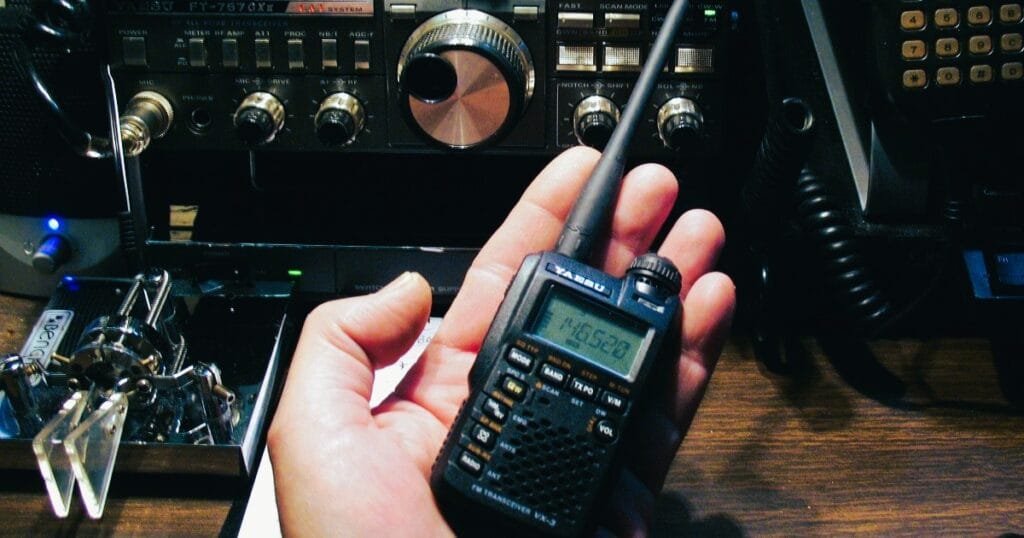Table of Contents
ToggleThe Difference Between Walkie-Talkie and FM AM Radio
So, imagine this: Yesterday, my nephew sauntered in, all pleased with himself, clutching an old FM radio receiver as if he had just found fire. “Why not make this into a walkie-talkie?” he thinks. Why not just include a means of sending messages because it can already detect them?” I had to fight the want to give him a pat on the head and warn him against unleashing a Pandora’s box of technical problems at that very time. Because, as you might expect, the gap between walkie-talkies and FM AM radios is comparable to the difference between a typical remote control car and a Mars Rover.
Greetings from TalkieTrail.com, your one-stop shop for anything related to communication technologies, walkie-talkies, and ham radio! Today, we’ll delve into the realm of walkie-talkies and FM AM radios to see why your nephew’s DIY project may not be as straightforward as it appears. Spoiler alert: It requires far more than just duct tape and wishful thinking. And, because we like a good ham radio review here, let’s go into these distinctions.
The Walkie-Talkie: Your Portable Partner in Crime… I Mean, Communication
So starting with the walkie -talkies, this wonder talk is able to save lives during perilous adventures, keep a construction site in check or just aid family road trips for those who own them(only as long as they are put away from small kids). A walkie-talkie, additionally alluded to as a two-way radio — is an adaptable communication device utilized for a wide scope of emergency and specialized reasons. It is a full-duplex bidirectional, meaning it can both send and receive signals.
Key Features of Walkie-Talkies:
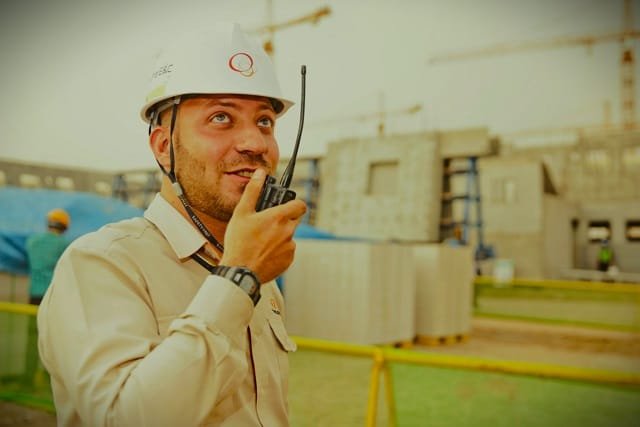
Interaction, not a monologue: Communication is two way; you talk and listen (pump the brakes straight away if all of your comms are one sided) This real time communication means that when voice activated it’s far easier to get insight on an existing situation.
Push to Talk (PTT) Button: It’s essentially your “speak now or forever hold your peace” moment. Press to talk, release to listen.
Portables: Often, the bad guys develop and deploy these as portable kits designed for ease of portability whether going on that mountain hike or running security at a concert.
Range: Some of them can go only a few kilometers while others between 10-15 miles with high end equipment.
Frequency Bands: They are active on VHF (Very High Frequency) and UHF bands, such that you can convey your message even in difficult conditions.
Durability: Most are waterproof and rugged, as in “apocalypse-proof” or at least capable of surviving a solid thunderstorm.
Messaging Channels: You can switch between multiple messaging to keep your conversations private and easy from distractions. Walkie-talkies are used in several industries like city construction places, hiking standing and even security. Those workplaces require real time communication. That’s how a group of people can send and receive instant messages and stay safe.
Very new to radio communication? Need a basic walkie-talkie and two way radio? If yes, click here to find out what a walkie-talkie is. Click here to learn more about how one two way radio device connects with another one.
FM AM Radios: The OGs of Airwave Entertainment
Let us now discuss FM/AM radios, the trusty companions of truck drivers, do-it-yourselfers, and music lovers who enjoy their tunes with a hint of static. These gadgets are designed to do one thing only: receive broadcast signals. They’re perfect for keeping up with your favorite music, the most recent events, or that talk show host who always seems to have an opinion on something.
Key Features of FM AM Radios:
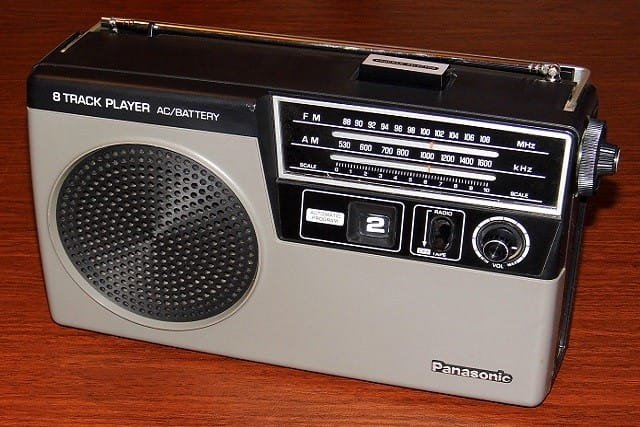
Broadcast Reception: Radio station transmissions are intended to be received by FM/AM radios. They are the perfect passive listeners.
Wide Range: You can get transmissions from close or far-off stations depending on your location, especially with AM radio, which has a rather long range.
Varied Content: Everything is available, including news, music, sports, debate shows, and sports.
Station Tuning: You are free to go back and forth between the stations until you find anything that stops you from wanting to pull out your hair.
Power Options: Numerous power sources, such as solar energy and batteries, are included with these radios.
Sound Quality: FM radios can offer better sound than AM. But FM and AM offer better sound quality than walkie-talkie (specially VHF and HF). which, let’s face it, always sounds like a robot underwater.
For decades FM and AM radio have been the cornerstone of entertainment as well as news industries. For when you want to listen but don’t really need anyone else listening in; late into the night long-distance, or local morning show alike these radios are second to none.
Why Walkie-Talkies Trump FM AM Radios in Communication
It might not be the best weekend project for your nephew to turn his FM radio into a walkie-talkie, to tell the truth. The key distinction is communication competence. Let us break it down.
Communication Type:
Walkie-Talkie: Walkie-Talkie: Used where two-way communication is needed, making it great for conversational settings. Walkie talkies are good for interactive communication, whether you decide to plan an event or even if it is in an emergency.
FM/AM Radio: You are free to listen on these one-way communication devices, but please refrain from attempting to converse with the DJ. FM/AM radios cannot communicate anything, making them unsuitable for situations demanding immediate response or engagement.
The divergence here is in not just how they work, but their core idea. FM and AM radio is for listening, Walkie Talkies are to talk two ways.
Functionality:
Walkie-Talkie: Great for continuous communication whenever you like from anywhere, whether you are in a construction site or an emergency situation or even when trying to find your buddies at the concert.
FM/AM Radio: Perfect for passive listening, keeping you amused and informed without the need to reply. Like background music at a party, it’s pleasant not engaging.
Go conduct an AM/FM radio search and rescue. It would be hard. Walkie-talkies, however, are designed with this use in mind.
Technology:
Walkie-Talkies: Use HF, VHF and UHF frequencies to communicate. Can have PTT (Push-to-talk) buttons with regional channels where the user signs in then selects a channel to first place an initial call as a means of opening up or talking.
FM/AM radio: It uses both frequency modulation (FM) and amplitude regression transmission(AM) to play your favorite stations into your ears. While great for broadcasting these technologies do not deliver an ability to transmit data back.
From the ham-radio perspective analysis, it is clear that FM/AM radios are great for reception (either listen only or talk as long as everyone else listens!). Walkie-talkies however need their two-way calling functionality!
Range and Coverage:
Walkie-Talkie: Works across short to medium distances, however the range may be astonishing with the correct equipment. Some variants can go up to 15 miles in perfect conditions, and even further with repeaters or base stations.
FM/AM Radio: Capable of receiving signals from far stations, particularly AM radio, which is renowned for its long-range capabilities. AM radios can receive transmissions from hundreds of miles away, but walkie-talkies are meant for close-range communication.
FM/AM radios perform well in long-distance reception but fall short in localized, two-way conversation. On the other hand, walkie-talkies and ham radio are excellent for short-range, direct talks between people.
Click here to find out how far a walkie-talkie can communicate.
The Interactivity Factor: Walkie-Talkies vs. FM AM Radios
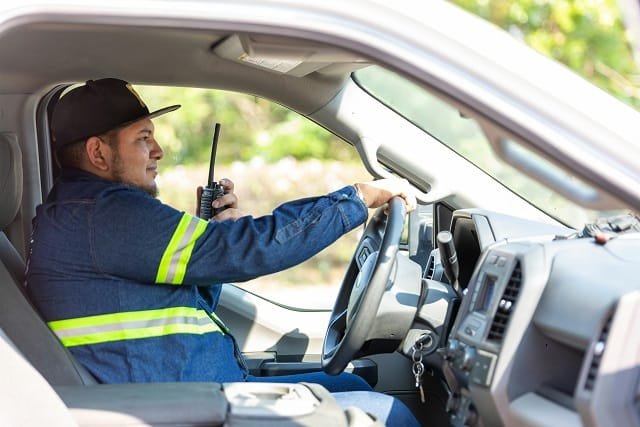
If you want a stimulating experience, walkie-talkies are the logical choice.
The Engagement Aspect: How Enhances Communication
Walkie-Talkie: It’s really interactive—think of it like the first group chat. You can hold back-and-forth chats with ease.
FM/AM Radio: About as participatory as shouting at your TV—satisfying, maybe, but no one will hear you. The interactivity ends with your ability to pick which channel to listen to.
This distinction is critical in contexts where rapid, real-time communication is required. A walkie-talkie is an excellent tool for quickly conveying information.
Portability and Power: Which One’s More Handy?
Each of the gadgets has pros and cons for mobility and power.
Walkie-Talkie: Handheld and battery-powered so good for out on location Due to their small size and robustly-built design, these are great for outdoor use as well as professional applications. Several models also feature battery-saving functions to ensure they will last all day.
FM/AM Radio: Both portable, fixed & powered by any among batteries and solar energy. The catch is that they aren’t as rugged, and because you sometimes seem to lose one side of your earbuds in space somewhere immediately after pulling them out for a music session.
To be honest, FM / AM radio is portable but not as durable and has no additional functions like walkie-talkies.
User Base: Who Uses What?
Specially walkie-talkie users are two-way communicators. Someone here sends the message and also receives from another. Users of walkie-talkies include working professionals, hikers, emergency communication users and anybody who needs to check continuously and in real time with another one even with a group like friends or coworkers. Walkie-talkies are very useful for quick response.
FM radio or AM radio is a very popular tool for people who want some one way messages. It can be music, news or any types of entertainment running from different stations. One can only listen from an AM/FM radio station. There is no way you can transmit your message to another AM/FM radio user unless you don’t set up a radio transmitting station. Even if you try to add some circuits and transfer your AM/FM radio to walkie-talkie functionality. It is kind of practically impossible. AM/FM radios are only for entertainment and you can say additionally as incoming message receiver only.
A special user group uses walkie-talkie as their communication tool, whereas AM/FM radio users use their radio as their everyday life entertainment tool.
Final Thought
Well, can you convert a regular FM radio into an operational walkie talkie or should I say personal handheld? Even in theory, that would be possible but making a spacecraft out of LEGO bricks is probably more realistic. The differences between walkie-talkies and standard FM/AM radio extend more than just cables or switches. Walkie talkies were made for communicating over two-ways and ultimately have everything you need to stay in touch all the time. FM/AM radios, in contrast, allow you to hear the noise of everyplace but not talk back.
Finally, let each gadget do its job. If your nephew is still intent on that project, suggest something more achievable, such as making a birdhouse. Continue to visit TalkieTrail.com for more communication technology ideas, techniques, and a little bit of fun. Keep chatting and listening—just maybe not with the same device!
Visit our Analyst Hub for a variety of tips and tricks on ham radio. For radio troubleshooting, don’t forget to check out the Fix Doctor zone. If you need any help, do not forget to contact us.
